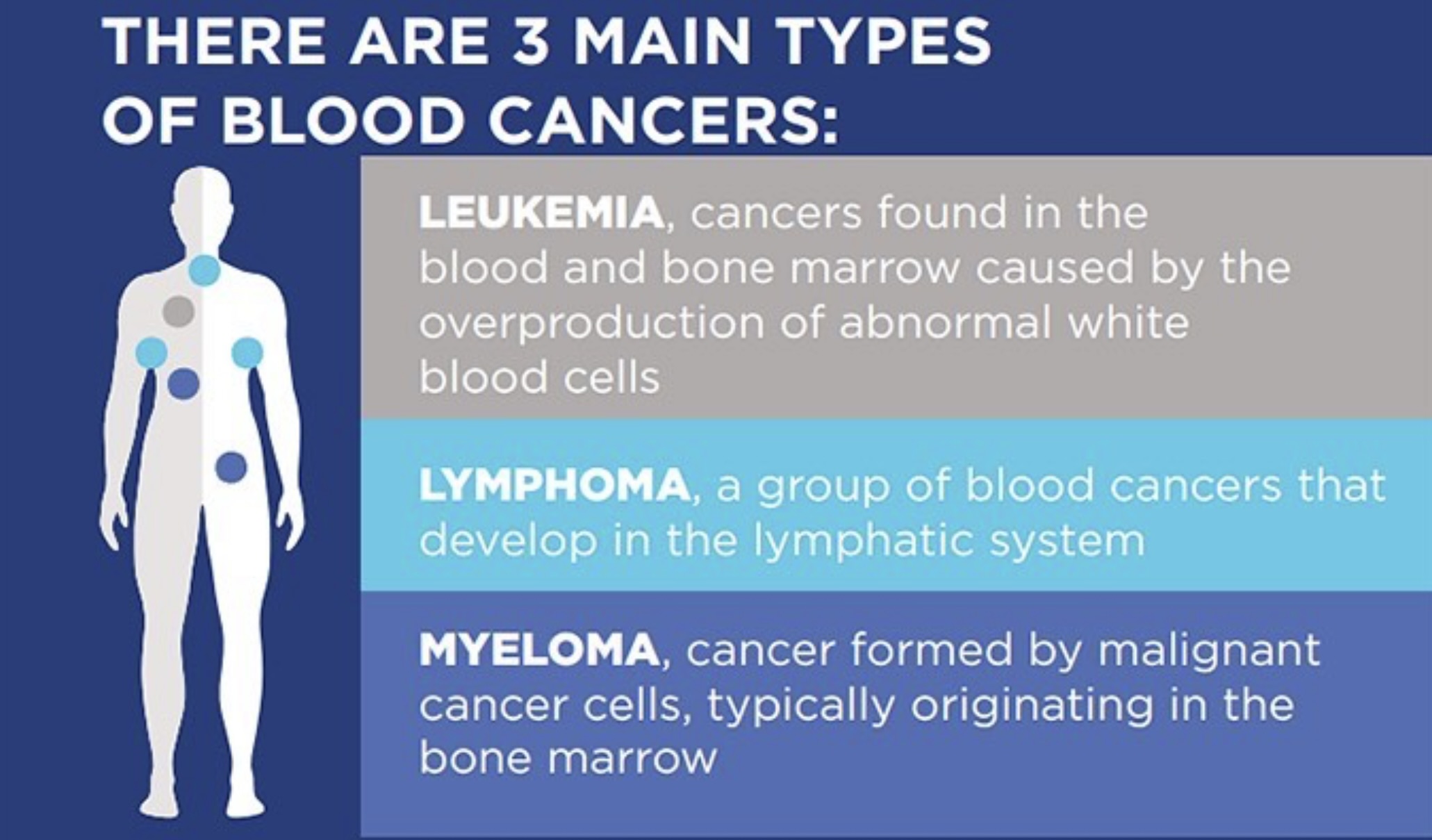Chronic Myeloid Leukemia: Symptoms, Causes, Treatment
What are the symptoms of chronic myeloid leukemia?
Chronic myeloid leukemia (CML) is a type of cancer that affects the blood and bone marrow. In the early stages, CML may not cause any symptoms and may be detected during a routine blood test. As the disease progresses, some common symptoms of CML may include:
- Fatigue: Fatigue or tiredness that is not relieved by rest is a common symptom of CML.
- Weight loss: Unexplained weight loss, often accompanied by loss of appetite, can be a symptom of CML.
- Night sweats: Excessive sweating, particularly at night, can be a symptom of CML.
- Fever: Low-grade fever that comes and goes may occur in CML.
- Abdominal pain or fullness: Enlargement of the spleen (splenomegaly) or liver (hepatomegaly) can cause pain or a feeling of fullness in the abdomen.
- Bone pain: Pain or discomfort in the bones, especially in the legs, can be a symptom of CML.
- Easy bruising or bleeding: CML can lead to low levels of platelets, which are important for blood clotting, resulting in easy bruising or bleeding.
- Frequent infections: People with CML may be more prone to infections, such as pneumonia or urinary tract infections.
It’s important to note that these symptoms can also be caused by other conditions, so it’s important to consult a healthcare provider for a proper diagnosis if you experience any of these symptoms. If CML is suspected, further tests, such as blood tests, bone marrow biopsy, and imaging studies, may be done to confirm the diagnosis and determine the stage of the disease.
What are the causes of chronic myeloid leukemia?
Chronic myeloid leukemia (CML) is caused by a genetic mutation in the DNA of a single blood-forming cell in the bone marrow. This mutation leads to the overproduction of an abnormal type of white blood cell called granulocytes. The exact cause of the genetic mutation that leads to CML is not known, but several factors may increase the risk of developing the disease, including:
- Genetic predisposition: While most cases of CML are not inherited, having a close relative with CML may increase the risk of developing the disease.
- Exposure to radiation: Previous exposure to high levels of radiation, such as radiation therapy for other cancers or nuclear accidents, may increase the risk of developing CML.
- Age: CML is more common in older adults, with the average age of diagnosis being around 60 years old. However, CML can occur at any age.
- Gender: CML is slightly more common in men than in women, but the reason for this difference is not well understood.
- Other genetic factors: Certain genetic conditions, such as Down syndrome, may increase the risk of developing CML.
It’s important to note that while these factors may increase the risk of developing CML, most people with these risk factors do not develop the disease. More research is needed to fully understand the causes of CML and identify ways to prevent or reduce the risk of developing the disease.
What is the treatment for chronic myeloid leukemia?
The treatment for chronic myeloid leukemia (CML) has evolved significantly in recent years, thanks to the development of targeted therapies known as tyrosine kinase inhibitors (TKIs). The main goal of treatment for CML is to reduce the number of abnormal white blood cells in the blood and bone marrow, control symptoms, and achieve a remission. Treatment options for CML may include:
- Tyrosine kinase inhibitors (TKIs): TKIs are the mainstay of treatment for CML. These drugs work by blocking the action of an abnormal protein called BCR-ABL, which is produced by the genetic mutation that causes CML. Some common TKIs used to treat CML include imatinib (Gleevec), dasatinib (Sprycel), nilotinib (Tasigna), bosutinib (Bosulif), and ponatinib (Iclusig).
- Stem cell transplant: For some people with CML who are not responding well to TKIs or who have developed resistance to these drugs, a stem cell transplant may be considered. This procedure involves replacing diseased bone marrow with healthy stem cells from a donor.
- Clinical trials: Clinical trials are research studies that test new treatments for CML. People with CML may consider participating in a clinical trial to access new treatments that are not yet widely available.
- Supportive care: In addition to treating the cancer itself, supportive care is an important part of managing CML. This may include medications to manage symptoms such as pain or infections, as well as counseling or support groups to help cope with the emotional aspects of living with cancer.
The choice of treatment for CML depends on several factors, including the person’s age, overall health, and the stage of the disease. It’s important for people with CML to work closely with their healthcare team to develop a personalized treatment plan that meets their individual needs and goals. Regular monitoring and follow-up care are also important to monitor the response to treatment and adjust the treatment plan as needed.




